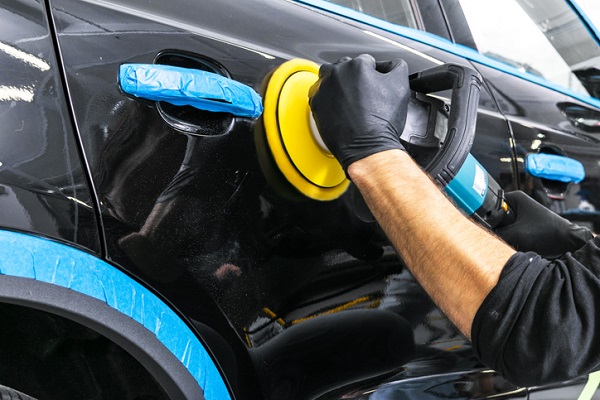
Who says auto bodies need to be made out of steel? Alternative auto body materials have experienced a resurgence recently, with a number of automakers experimenting with different ideas in an effort to produce more lightweight designs and renewable manufacturing practices.
This year’s New York Auto Show, for example, included many examples of new innovations, with companies such as Koenigsegg and BMW showcasing carbon composite designs, while Ford went even further, displaying a new Escape which contained composites made from kenaf and coconut husks.
However, this sort of experimentation isn’t new. Auto companies have used a host of strange and unusual materials for auto bodies over the years in an effort to make cars cheaper, safer, or just more fashionable. And while many of these experiments failed, the results provide aspiring auto body technicians with a fascinating look into the history of auto body manufacturing, and maybe even its future.
Read on to learn about some of the most unusual auto body materials ever used.
1. Auto Body Technician Careers Could’ve Been Different had Ford Developed a Soybean Car
The Ford Escape made with renewable composites unveiled at the New York Auto Show actually isn’t the first time the company has experimented with plant-based materials. Back in 1941, Henry Ford invested considerable amounts of time and money on a plastic car body made from soybeans and hemp, which he believed was safer and cheaper than a metal body.
Unfortunately, US auto production was scaled back considerably during World War II, which led to the project being dropped and the formula lost. Had Ford followed through with his plans, auto body technician careers could look considerably different today.
2. Trabant’s Duroplast Auto Body Lasted Forever
Trabant was the leading auto manufacturer in East Germany from 1957 until the fall of the Berlin Wall. All of their auto bodies were made of Duroplast, a plastic made from recycled materials from factories, such as cotton waste and phenol resin.
While they were often derided as cheap and unreliable, Trabants had an average lifespan of 28 years, and some still exist today. Ironically, however, the recycled Duroplast ended up creating waste problems, as the material never decomposes, making it very difficult to efficiently dispose of the cars.
3. Did Bricklin SV-1 Owners Call Plumbers or Auto Body Technicians for Repairs?
The Canadian-made Bricklin SV-1 was developed in 1974 by Malcolm Bricklin, a former Subaru executive who had previously run a plumbing supply business. It was made from a bonded acrylic and fibreglass material similar to those used in showers and bathtubs.
This unorthodox body was a mixed bag for an auto body technician, as the material was the same colour all the way through—making it easy to fix scratches and dents—but faded badly and was not heat resistant.
4. Do Auto Body Technician Students Remember the BMW Made of Spandex?
While there have been many strange auto bodies over the years, perhaps the most unusual design ever was unveiled in 2008 by BMW. The GINA Light Visionary Model was an ambitious concept car with a body made entirely of polyurethane coated spandex, a water-resistant translucent fabric which allowed the car to change shape over a moveable frame. Sadly, there are no plans to use the material in production models at the moment.
You can check out the bizarre concept here:
Want to learn more about bodywork?
Contact us to find out more about our auto body repair technician courses!

